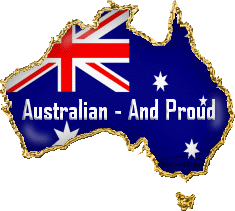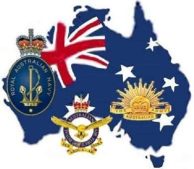
Interesting Facts You May Not Know About Australia
- Australia is the only country in the world that is also a continent, and it is the sixth-largest country by land area, covering approximately 7.7 million square kilometres.
- The Great Barrier Reef, located off the coast of Queensland, is the largest living structure on Earth and can be seen from space. It is home to over 1,500 species of fish and more than 400 types of coral.
- Australia is home to the world’s deadliest animal, the box jellyfish, whose sting can cause heart failure and death within minutes. The country is also known for other dangerous creatures like the funnel-web spider and saltwater crocodile.
- The country is known for its unique wildlife, including the platypus, one of the few mammals that lay eggs, and the kangaroo, which can’t walk backwards. Australia also has more than 378 species of mammals and over 800 species of birds, many of which are found nowhere else on Earth.
- The Outback, the vast and remote interior of Australia, is one of the most sparsely populated areas in the world, with huge stretches of desert and iconic red rock formations like Uluru and Kata Tjuta. Some parts of the Outback are so isolated that residents rely on the Royal Flying Doctor Service for medical care.
- Australia’s national symbol, the emu, is the second-largest bird in the world, capable of running at speeds of up to 50 km/h (31 mph). Along with the kangaroo, the emu is featured on the Australian coat of arms because neither animal can move backward, symbolizing progress.
- Australia has 19 UNESCO World Heritage Sites, including the Tasmanian Wilderness, Kakadu National Park, Fraser Island, the Sydney Opera House, and the Great Barrier Reef.
- Australia is home to some of the oldest living organisms on the planet, such as the 5,000-year-old clonal trees of the Gondwana Rainforests and the stromatolites in Shark Bay, which are some of the oldest life forms on Earth.
- The world’s longest fence, known as the Dingo Fence, stretches for over 5,600 kilometres (3,480 miles) and was originally built to keep wild dogs away from fertile farmland. It is one of the longest structures ever built.
- Sydney’s iconic Opera House is not just an architectural marvel; it has over 1,500 rooms and hosts more than 1,500 performances each year. Its unique design was inspired by segments of an orange peel.
- The Australian Alps receive more snow than Switzerland each year, making them a hidden gem for winter sports enthusiasts. The ski season typically runs from June to October.
- The country boasts some of the world’s most poisonous creatures, including the inland taipan, which is the deadliest snake, the stonefish, which is one of the most venomous fish, and the blue-ringed octopus, whose venom can cause paralysis and death within minutes.
- Australia is the birthplace of surfing, and its beaches, like Bondi Beach and Bells Beach, are world-renowned for their perfect waves. Surfing is a major part of Australian culture, with competitions attracting participants from around the globe.
- Australia is one of the world’s leading producers of opals, and the town of Coober Pedy is famous for its underground homes built to escape the extreme heat. The town is often referred to as the “opal capital of the world.”
- Australia was once part of the supercontinent Gondwana and is home to some of the oldest rocks on Earth, found in places like the Yilgarn Craton, which dates back over 3.6 billion years.
- Canberra was chosen as Australia’s capital in 1908 as a compromise between rivals Sydney and Melbourne. The city was purpose-built and designed by American architect Walter Burley Griffin.
- The Nullarbor Plain is home to the world’s longest straight railway track, stretching 478 kilometres (297 miles) without a curve.
- The Great Victoria Desert is the largest desert in Australia, covering an area of about 348,750 square kilometres (134,650 square miles), making it larger than the United Kingdom.
- Australia is the driest inhabited continent on Earth, with about 70% of its landmass classified as arid or semi-arid.
- The country has more than 10,000 beaches—if you visited one beach per day, it would take you over 27 years to see them all.
Australia is a land of extremes, from its deadly wildlife and vast deserts to its stunning natural wonders and vibrant cities. Whether you’re exploring its ancient landscapes, diving in the Great Barrier Reef, or enjoying its coastal culture, there’s always something fascinating to discover!



